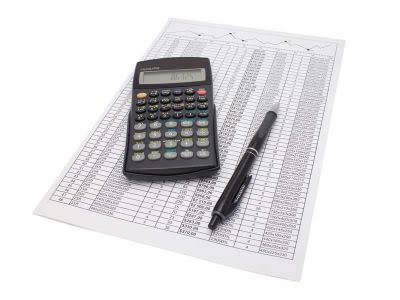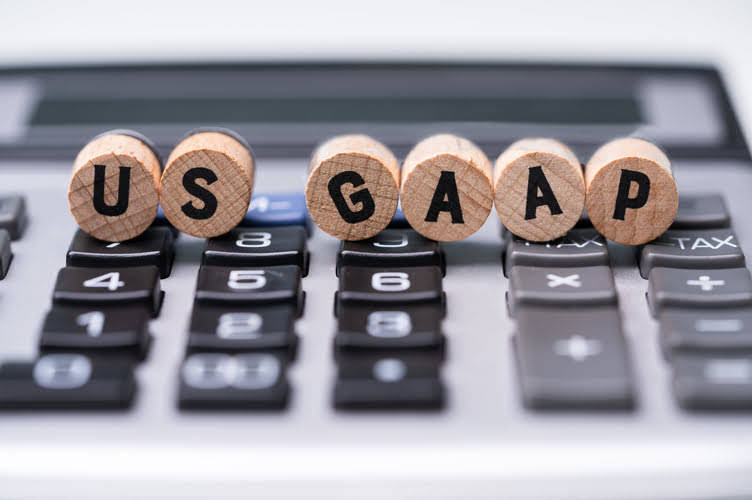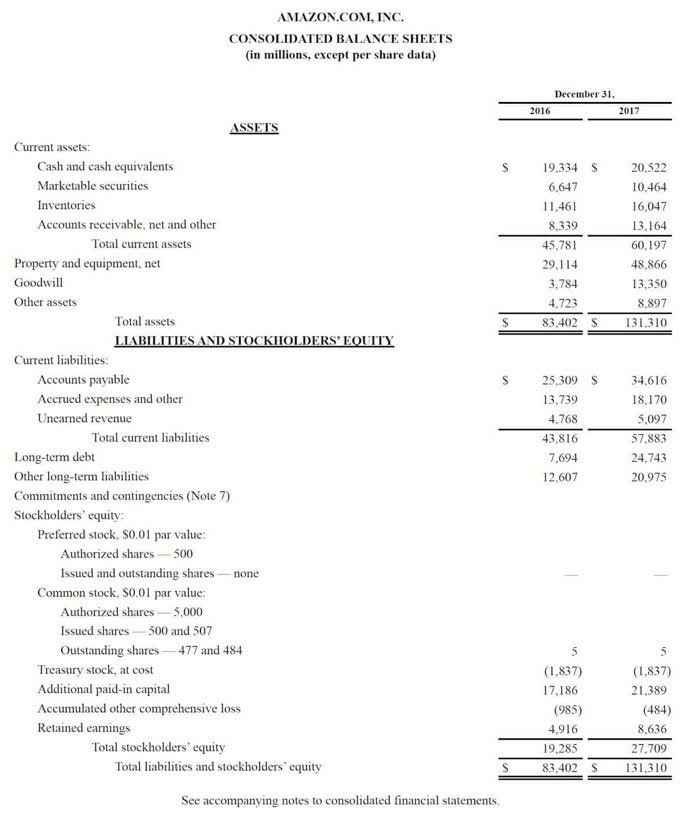Industries We Serve: Accounting for Gyms
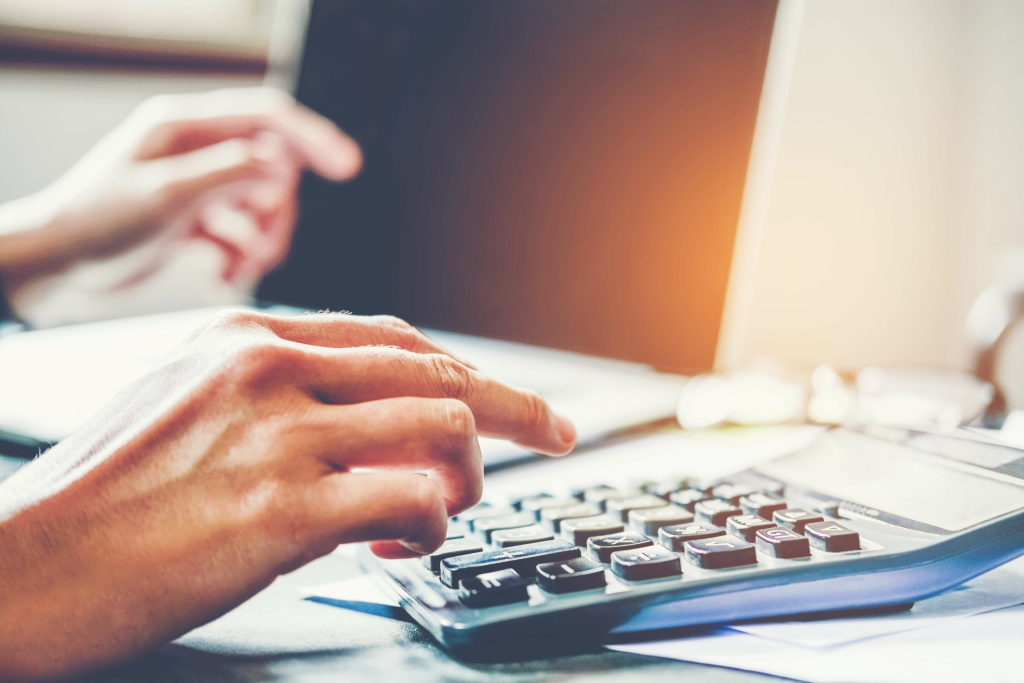
With more than four decades of experience, Sage software is trusted worldwide for accounting, payroll, and HR by more than two million small business customers. If you are looking for a low cost automated solution to perform the role of gym accounting software, you may consider Xero as an option. An entry-level subscription of Xero will limit you to sending five bills and invoices, and bank reconciliation will be restricted to a maximum of 20 transactions. While this low-cost option may work for a personal trainer, it may not be a suitable option for fitness center accounting.
Can you provide a sample gym financial plan?
By categorizing the revenue, organizations can easily analyze the contribution of memberships to their overall income, facilitating strategic decision-making and resource allocation. This process involves updating the membership database with the necessary changes, such as cancellation dates and reasons. It includes adjusting the financial records to reflect the membership cancellations, which is crucial for accurate reporting and analysis. By capturing these cancellations in a timely and precise manner, organizations can effectively track their financial status and make informed decisions. Fitness accounting software can improve tax compliance through its key functions of accurate invoicing, bookkeeping, and financial reporting. Membership fees are a crucial source of revenue for any gym, and they typically form the backbone of a gym’s income category in the Chart of Accounts.
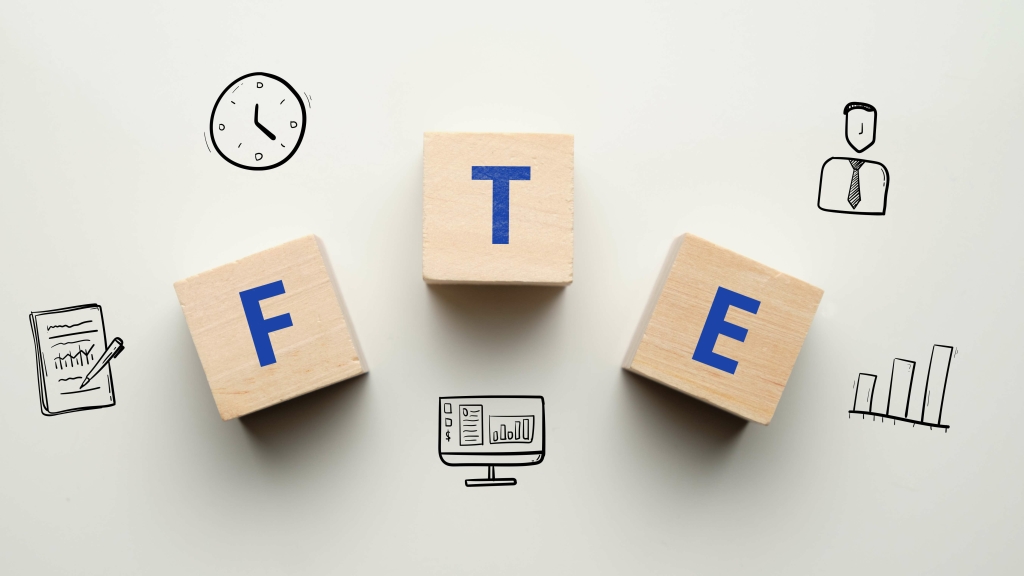
Ensure Accuracy of Your Financial Reporting
A well-crafted gym financial plan can help you identify potential financial issues, set realistic goals and create a roadmap for achieving them. Accounting software for gyms is designed to help fitness center owners manage their finances effectively. This type of software can help gym owners automate various tasks, including invoicing, billing, payroll, and financial reporting.
What is the best accounting software for small gyms?
They include cash and cash equivalents such as funds in bank accounts or petty cash on hand. I acknowledge that I am not required to provide this consent, directly or indirectly, as a condition of purchasing any goods or services. Book a call with a product specialist to learn how Wodify Core can help you manage your gym’s finances and grow your business.
- This means using a bookkeeping software (Quickbooks for example) as well as an accountant.
- It would detail the gym’s financial goals, strategies for achieving them, and metrics for tracking financial performance.
- Since most fitness professionals are sole proprietors or unincorporated individuals, these kinds of businesses must submit Form T2125 during tax time.
- COGS, or Cost of Goods Sold, for a gym could include costs directly related to providing services to members.
- ACE offers a range of certifications for personal trainers, group fitness instructors, health coaches, and other fitness professionals.
How can accounting software help gym owners manage membership fees and recurring payments?

This could include the cost of personal training sessions, group classes, or any products sold. Gym management software or time clock systems can be leveraged to streamline this process, facilitating reliable data collection. On the other hand, salary-based payments are commonly employed for employees with fixed working hours or positions that require a consistent level of responsibility, such as managers or administrative https://www.bookstime.com/ staff. Gyms, like any other business, have a range of expenses that need to be carefully managed to ensure smooth operations and financial stability. Firstly, the most significant expense for gyms is often rent or lease payments for the facility. Identify and monitor the KPIs that matter to your business, such as the cost of acquiring new customers, membership retention rate, and average revenue per member.

Financial Analysis Tools for Gym Owners
Fitness centers may use a variety of accounting software like QuickBooks, FreshBooks, or Xero. However, to effectively manage all aspects of their business, integrating with a specialized gym management software like Exercise.com is highly recommended. Exercise.com provides a one-stop solution for membership management, class scheduling, online workout plan sales, and much more, alongside seamless integration with accounting software. Wave, with its free accounting software platform, provides essential features like invoicing, billing, and financial reporting, making it a great option for small gyms on a budget. However, it may not offer the same level of automation and integration with gym management software like Exercise.com. Additionally, gym management software will help gym owners communicate with members via email, SMS, and social media, as well as manage email campaigns and loyalty programs.
- It streamlines financial reporting, ensuring that all membership-related transactions are accurately recorded, thereby enhancing transparency and accountability in financial management.
- By setting appropriate benchmarks and regularly monitoring key financial metrics post-investment, gym owners can assess whether their decisions align with their business objectives and adjust strategies accordingly.
- Yes, gym equipment purchased for business purposes, such as in a fitness center, is typically tax-deductible and can often be depreciated over a set period.
- A comprehensive COA allows gym owners and managers to classify and categorize different types of financial information accurately.
What is accounting software for gyms?
Knowing your average revenue per member gives you direction on setting effective membership pricing and promotions. Additionally, it gives you insight into your retention efforts while also understanding members gained and lost. Further, it tells you how many new members Gym Bookkeeping you will need to bring on in order to reach your revenue goals or otherwise to seek additional revenue streams. For example, if your membership rate is $200/month, but you’re only bringing in $170 per member then you may want to investigate this metric further.
Assigning separate accounts within the COA for different types of equipment allows gyms to monitor their investment in these assets accurately. This category captures unpaid membership fees or outstanding invoices for additional services provided by the gym. Creating specific subaccounts within accounts receivable helps monitor outstanding balances and aids in ensuring timely collection efforts. A Chart of Accounts (COA) is a systematic listing of the various accounts used by an organization to record its financial transactions. In a gym setting, having a well-structured COA is crucial for effectively managing and tracking financial activities.
- This information can be taken from your revenue projections, break-even analysis and budget.
- The expenses/costs category encompasses all costs incurred by a gym during its operations.
- Current assets, on the other hand, are items that can be easily converted into cash within a year, like cash on hand or accounts receivable.
- Categorizing gym membership in QuickBooks involves a systematic process of classifying membership fees, expenses, and revenue within the accounting software, ensuring accurate financial categorization and management.
- Gymdesk isn’t accounting software, but it is a comprehensive, all-in-one solution for the management of gyms.
If you’re not confident in your ability to handle your gym’s accounting, it might be worth hiring a professional accountant. They can help you set up your accounting systems, ensure you’re meeting your tax obligations, and provide valuable financial advice. Keep a close eye on the money coming in and going out of your business and create forecasts to help anticipate future cash flow. Depending on your location, you may need to collect sales tax on certain goods and services sold, like merchandise or personal training services. You’ll need to understand your local sales tax laws and set up systems to collect, report, and pay these taxes. By following these helpful tips, you can manage your business’s finances, making the entire bookkeeping process a much simpler one.

